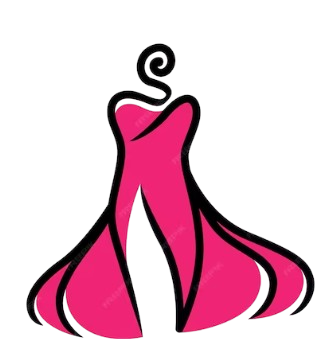What is Fashion?
Fashion permeates our daily lives, influencing even those who claim indifference to clothing choices, as every outfit speaks volumes about personal expression and mood.
Change is the sole constant in the fashion realm, with novel ideas inundating us from music, videos, literature, and screen productions. Films notably sway our fashion preferences, evidenced by the surge in Ray-Ban sunglasses sales post-“Men In Black.” Occasionally, trends transcend borders, such as the 1950s global emulation of Elvis Presley’s attire.
Who dictates fashion?
Musicians, cultural icons, political figures, and royalty wield significant influence over fashion trends. Media outlets meticulously report on public figures’ attire, with the demise of Princess Diana profoundly impacting haute couture circles.
Even in the 1700s, fashion magazines captivated audiences, shaping trends beyond the French court. King Louis XIV famously regarded fashion as a reflection of society, his opulent style setting benchmarks.
Clothing demarcates societal groups.
Fashion not only reflects personal identity but also fosters stereotypes and group segregation. High school cliques like “goths” and “preps” illustrate how attire signifies group affiliation, albeit breeding misconceptions and alienation. A businessman might perceive a pierced youth as a nonconformist, while to his peers, the individual epitomizes rebellion within a cohesive group.
Fashion is a narrative medium.
Attire communicates personal stories, serving as a universal language. Katherine Hamnett’s iconic slogan tees, like “Choose Life,” resonated with rock bands, transcending linguistic barriers.
Clothing serves myriad purposes.
Attire shields against the elements, kindles attraction, reflects emotions, and expresses religious and cultural identities. Judicial robes, military uniforms, and bridal gowns exemplify attire’s symbolic roles.
Fashion is both lucrative and political.
The fashion industry employs millions worldwide and wields political sway. Historical bans on foreign garments and revolutionary uniform mandates underscore attire’s political potency.
Fashion is an ongoing contest.
High fashion caters to a select elite, while popular trends emerge unpredictably. Street style often foreshadows mainstream fashion shifts, underscoring attire’s democratic nature.
Fashion Editor Cynthia Durcanin elucidates:
Fashion epitomizes self-expression, accommodating diverse identities. It mirrors societal nuances, offering insight into cultural and psychological landscapes.
Fashion’s future is elusive.
Collections in global fashion capitals forecast trends, yet street style remains a vital influencer. Personal style often dictates attire, blending individual flair with global trends.
Morning attire hinges on circumstance and mood.
Important occasions warrant thoughtful attire, but daily dress reflects personal disposition. From funky to classic, attire mirrors mood, occasionally dictated by laundry availability.

